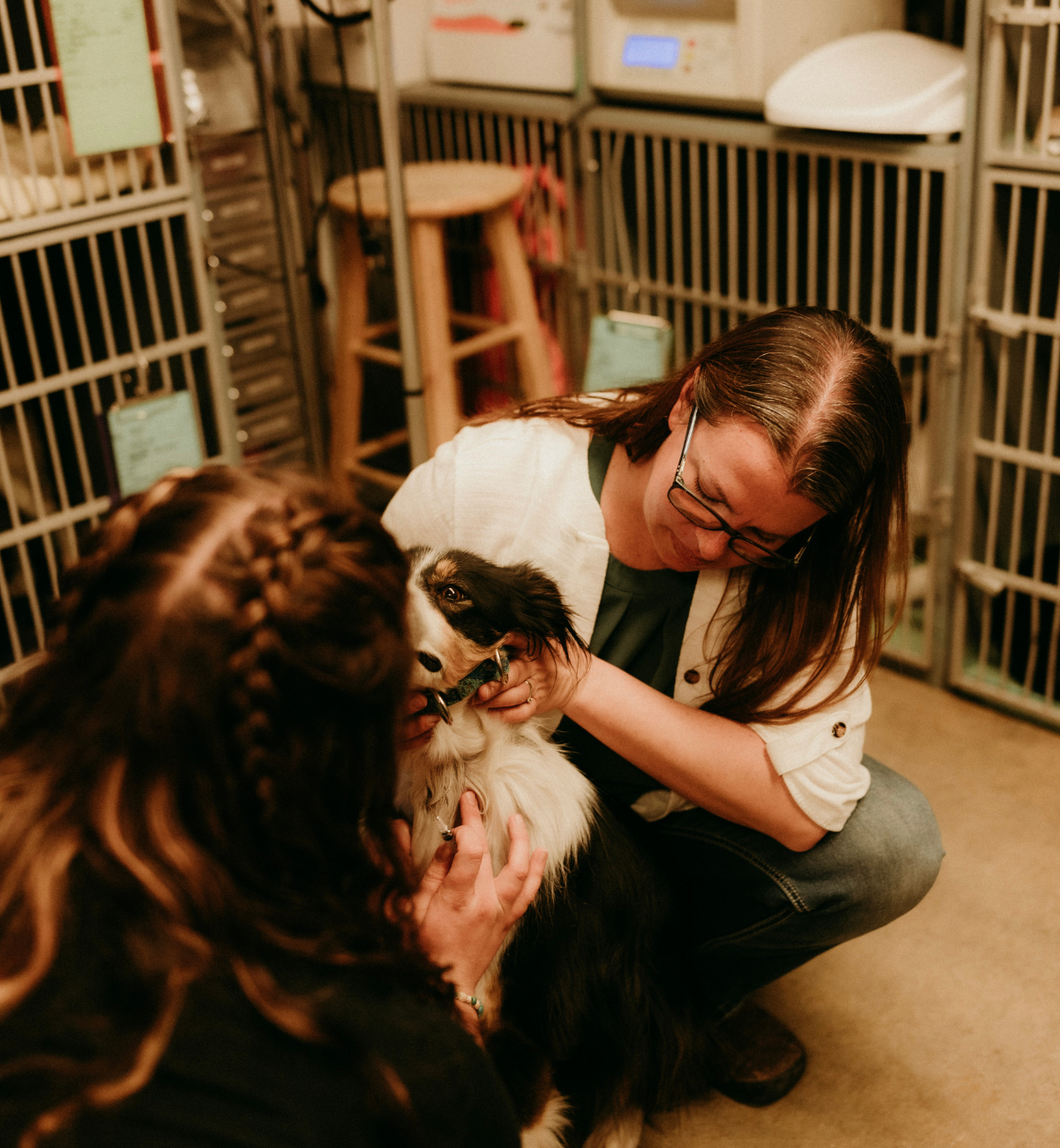Pet Anesthesia & Monitoring
Prioritize your pet’s safety and comfort with our pet anesthesia & monitoring service at The Stock Doc Veterinary Services.
What is Pet Anesthesia?
Pet anesthesia involves administering medications to induce a reversible loss of consciousness. This enables veterinarians to conduct diverse medical procedures without causing stress or discomfort to your pet. This critical aspect of veterinary care ensures a calm and controlled state during interventions.
The Procedure
During the anesthesia process, our highly skilled veterinarians meticulously administer precisely calibrated medications tailored to your pet’s specific needs while our technicians monitor your pet throughout the entire process. This approach guarantees controlled sedation, providing the assurance that we can address medical issues effectively and safely and enhance your beloved pet’s overall well-being.
Advantages of Pet Anesthesia & Monitoring
Ensuring Safety and Comfort
Pet anesthesia ensures a calm experience for your pet during surgeries, dental cleanings, or other medical interventions. By inducing a temporary state of unconsciousness, we can carry out procedures without causing anxiety or fear.
Managing Pain Effectively
Anesthesia is pivotal for pain management during and after procedures. Our experienced veterinary team closely monitors your pet’s vital signs, adjusting anesthesia levels as needed to ensure optimal pain control throughout the entire process.
Achieving Precision and Efficiency
Anesthesia facilitates precise and efficient medical interventions. Whether it’s a routine dental cleaning or a more intricate surgical procedure, the controlled state induced by anesthesia ensures accuracy and reduces the overall duration your pet spends under stress.
Instances When Pet Anesthesia is Essential
- Surgical Procedures: Anesthesia is indispensable for surgeries to ensure your pet remains still and comfortable throughout the procedure. This includes spaying or neutering, tumor removal, and orthopedic surgeries.
- Dental Care: Dental procedures, such as cleanings and extractions, often require anesthesia to ensure thorough and pain-free treatment. Anesthesia allows us to address dental issues without distressing your pet.
- Diagnostic Imaging: Certain diagnostic procedures, like X-rays or MRIs, may necessitate anesthesia to keep your pet still and cooperative. This ensures accurate imaging results and a smoother diagnostic process.

